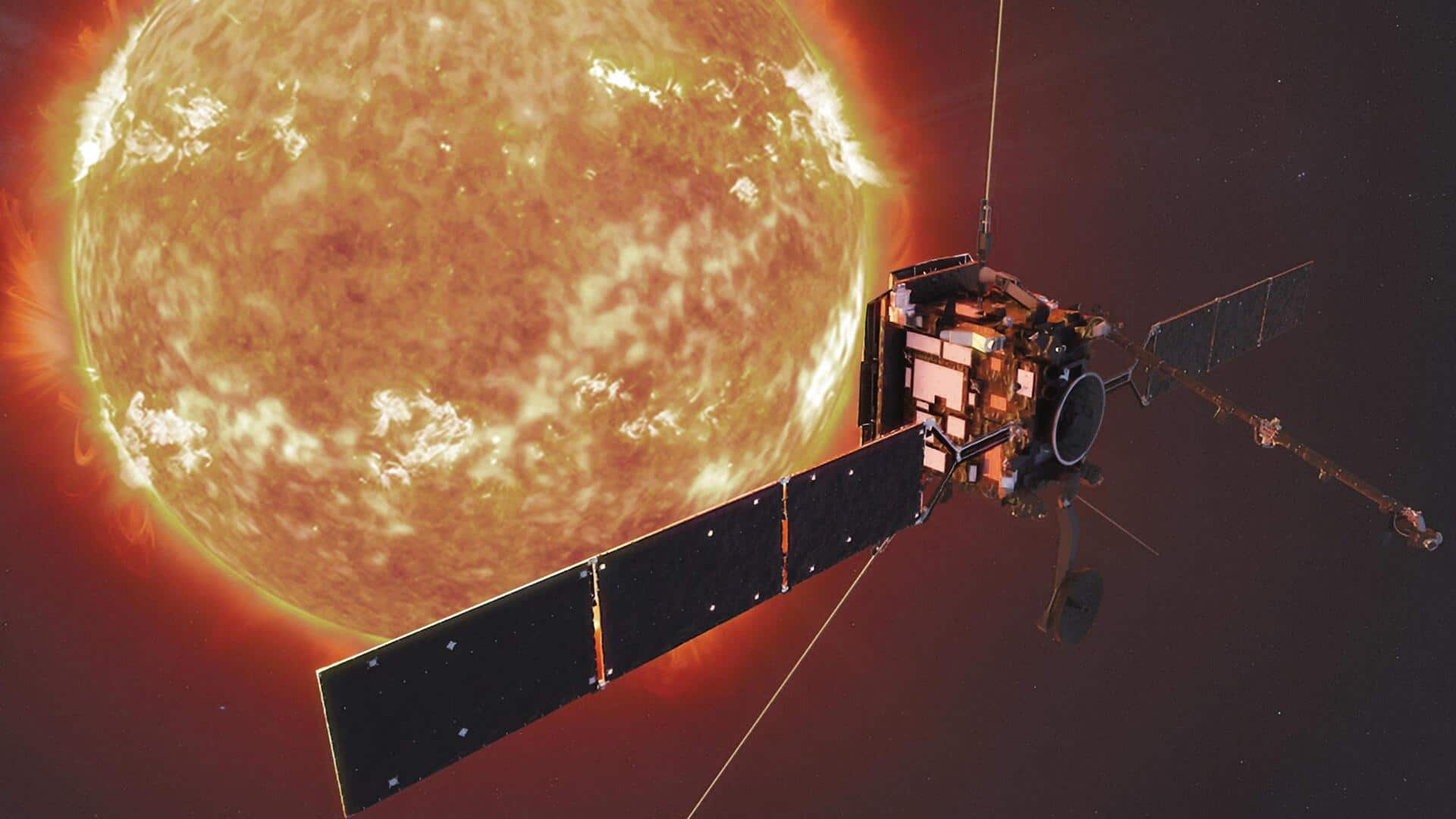
Aditya-L1, India's first solar observatory, launched: Know mission objectives
What's the story
The Indian Space Research Organisation (ISRO) has successfully launched India's maiden space-based solar observatory, the Aditya-L1. The mission took off at 11:50am on Saturday from the Satish Dhawan Space Centre in Sriharikota, Andhra Pradesh, onboard a PSLV-C57 rocket. The spacecraft will be positioned in a halo orbit around the Sun-Earth system's Lagrange point 1 (L1), approximately 1.5 million kilometers from Earth. This strategic location will allow continuous and unobstructed solar observation.
Details
Objectives of Aditya-L1 mission
The Aditya-L1 is equipped with seven payloads to study the Sun's photosphere, chromosphere, and corona. This crucial information will help scientists understand solar activities and their effects on space weather, which can impact the orbits of satellites, electronics, as well as Earth's power systems. Continuous solar observation is vital for tracking solar storms directed toward Earth and predicting their impact.
Contents
Know all about onboard payloads
The mission's payloads include four remote sensing instruments for direct solar study. They include the High Energy L1 Orbiting X-ray Spectrometer (HEL1OS), Visible Emission Line Coronagraph (VELC), Solar Low Energy X-ray Spectrometer (SoLEXS), and Solar Ultraviolet Imaging Telescope (SUIT). Additionally, three in situ instruments will study the particles and fields at the L1 point: the Advanced Tri-axial High-Resolution Digital Magnetometer, Aditya Solar Wind Particle Experiment (ASPEX), and Plasma Analyzer Package for Aditya (PAPA).
Insights
Breakdown of Aditya's journey to L1 point
Aditya-L1 will take roughly four months to reach its target L1 location. Initially, the spacecraft will be positioned in the Low Earth Orbit (LEO), following which its orbit will be made more elliptical. Once it escapes Earth's gravitational Sphere of Influence (SOI), Aditya will enter a "cruise phase" and shall be inserted into the proper position in the halo orbit. NASA's 20-year-old Solar and Heliospheric Observatory Satellite (SOHO) will serve as its neighbor at this point.